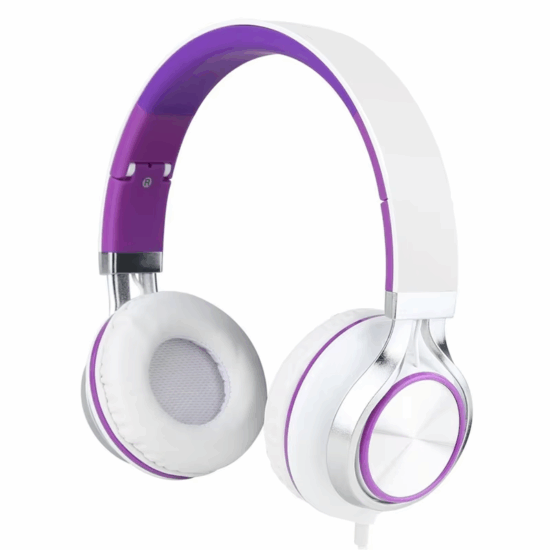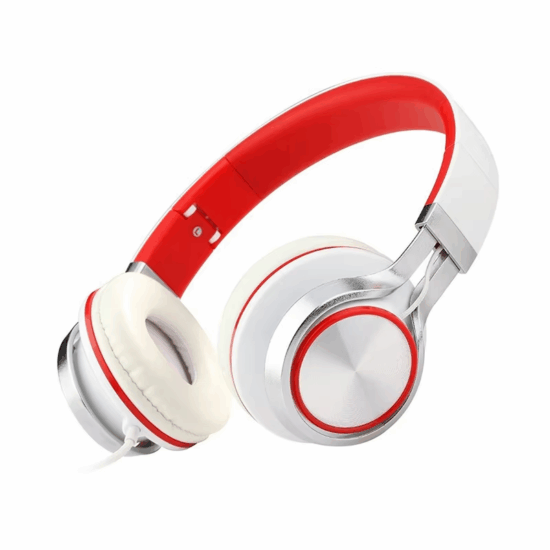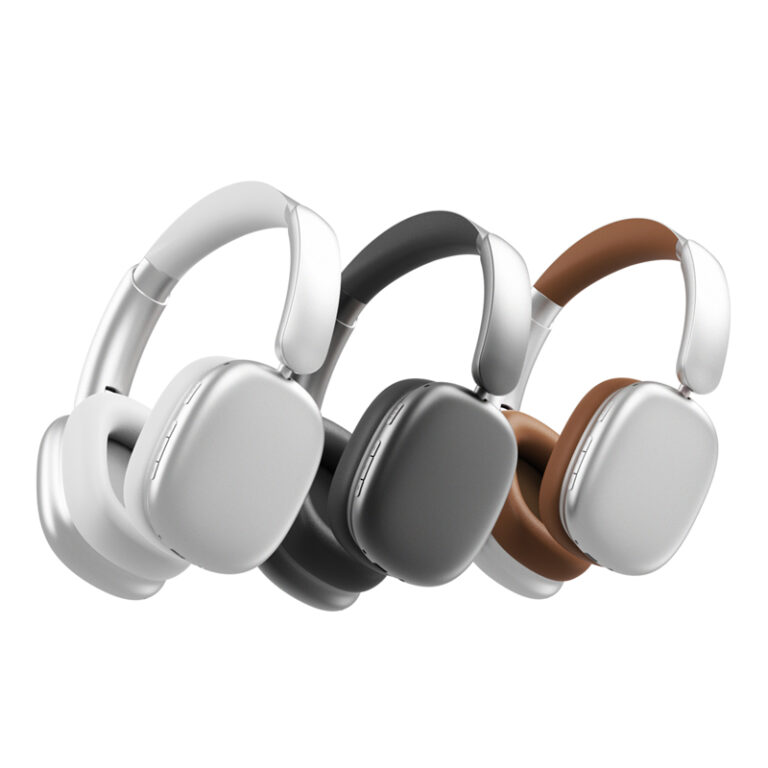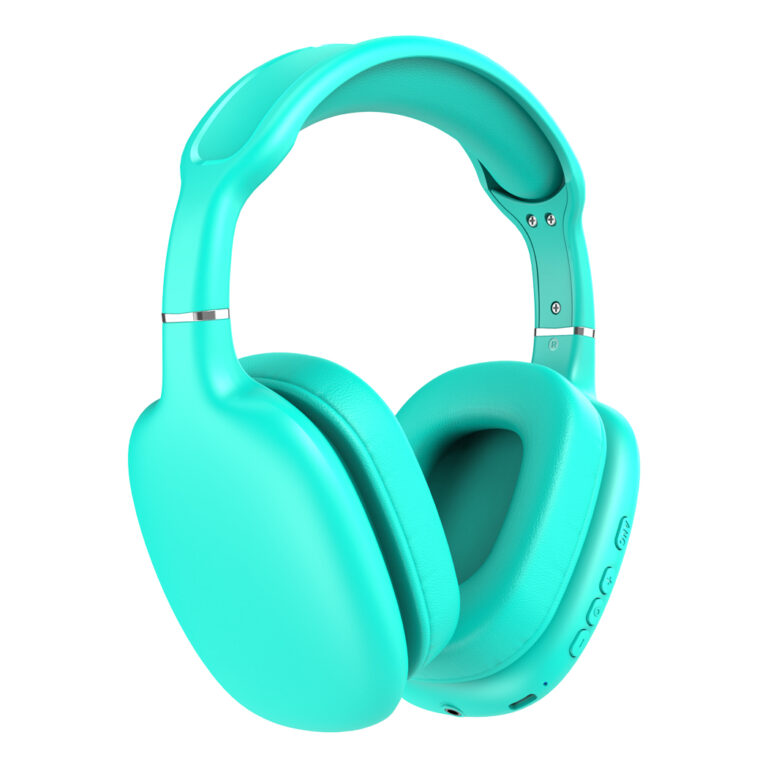jay@nbdho.com
How to Design Over-Ear Headphones for Long-Term Comfort
Designing over-ear headphones that users can wear comfortably for extended periods requires a careful balance of ergonomics, materials, and technical features. Long-term comfort is not just a luxury but a necessity for headphone users who engage in activities such as gaming, working, or listening to music for hours on end. Here are the critical factors to consider when designing over-ear headphones focused on prolonged comfort.
First and foremost, the choice of ear cushions is vital. High-quality memory foam combined with breathable, soft fabric or leatherette covers provides excellent cushioning while allowing airflow. This helps prevent heat buildup and sweating around the ears, which can cause discomfort during long usage sessions. Additionally, the shape and size of the ear pads should adequately encompass the ear without applying excessive pressure, ensuring a gentle but secure fit.
Next, the headband design plays a significant role in distributing weight evenly across the top of the head. Using lightweight yet durable materials such as aluminum or reinforced plastic reduces the overall headphone weight, alleviating strain on the wearer’s head and neck. The headband should also include ample padding and an adjustable mechanism to accommodate different head sizes while maintaining optimal clamping force—not too tight to cause pain, nor too loose to compromise stability.
Ergonomics extends beyond cushioning and weight distribution. The overall headphone shape should follow the natural contours of the head and ears. Designers often use 3D modeling and user testing to refine angles and dimensions, ensuring the headphones sit comfortably without awkward pressure points. Swiveling ear cups with multi-axis movement can adapt to various head shapes and positions, enhancing comfort during movement.
Materials selection is crucial not only for comfort but also for durability and aesthetics. Soft-touch plastics, premium leathers, and hypoallergenic fabrics contribute to a pleasant tactile experience while resisting wear and tear. Avoiding materials that cause skin irritation or allergies is essential, especially for users with sensitive skin.
Ventilation features can further enhance comfort. Incorporating subtle perforations or mesh in ear cushions allows heat and moisture to escape, preventing the “clamshell” effect of trapped warmth. Some advanced designs integrate cooling gels or phase-change materials for temperature regulation, though these are more complex and costly.
Finally, sound isolation and acoustic design should balance noise blocking with user comfort. Overly tight seals can cause pressure build-up in the ears, leading to discomfort. Hybrid designs that combine passive noise isolation with open-back elements can reduce this effect while preserving audio quality.
In summary, designing over-ear headphones for long-term comfort requires a holistic approach combining ergonomic shape, weight optimization, premium cushioning, breathable materials, and adaptable fit. Investing in user-centered design and thorough testing ensures the final product meets the needs of diverse users, encouraging longer use without discomfort.





